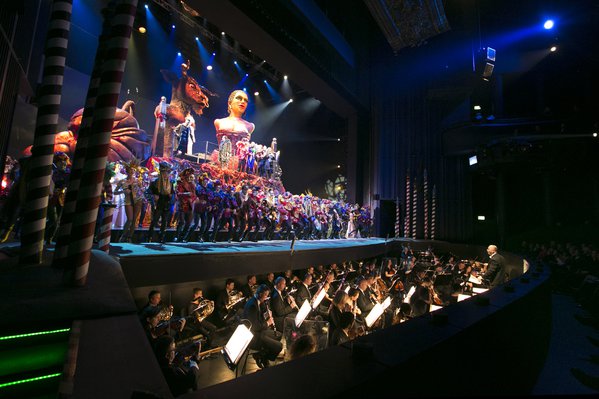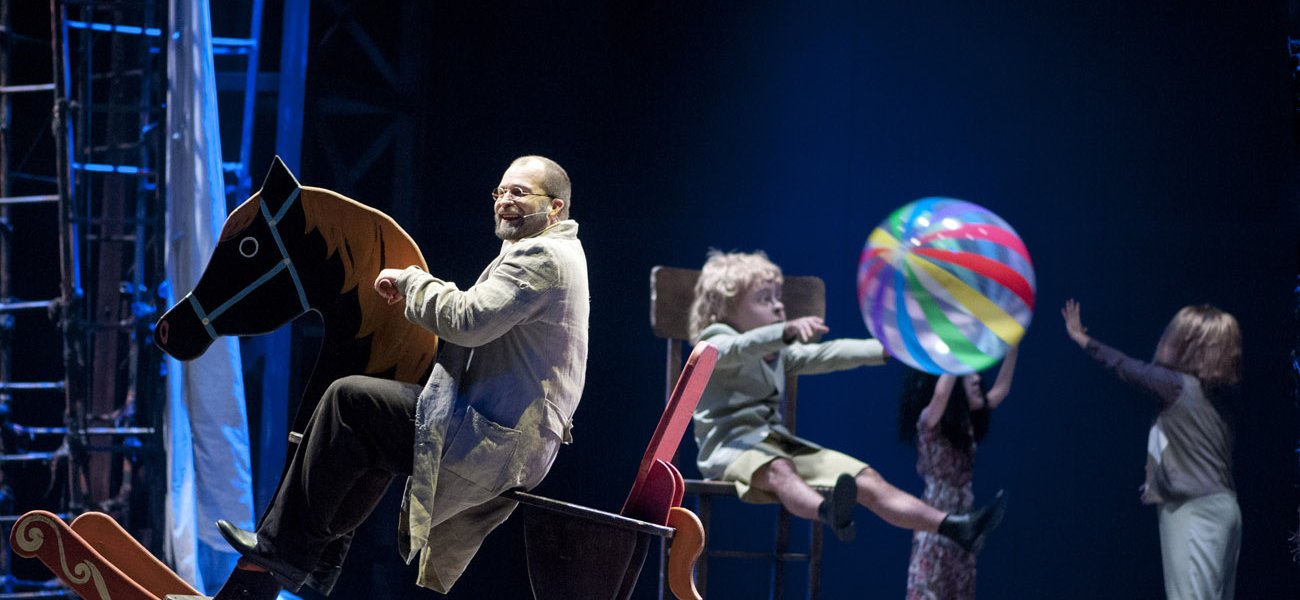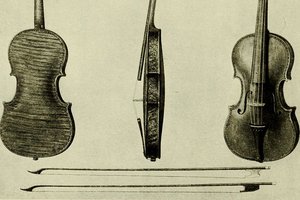A vogue for opera
With the Opera Rara festival Krakow attracts lovers of period music from all over the world. Opera is becoming ever more popular in Poland.
Launched in Krakow six years ago, the series has been presenting new takes on operas dating back to the 17th and 18th centuries. “Poland has not seen anything like it before. This year, the event will mark its sixth edition. High-brow culture and the world’s best operatic voices coming to Poland continue to be a cultural magnet. It’s a rare opportunity to admire Baroque works that have been revisited by Europe’s leading interpreters,” Filip Berkowicz, Artistic Director of Opera Rara, told Polska.pl.
This year visitors can look forward to four performances. On 20 February, the Juliusz Słowacki Theatre hosted a production of Georg Frederic Haendel’s Admetus staged by Il Complesso Barocco, an ensemble founded by the American conductor and harpsichordist Alan Curtis. His group plays music spanning the period from Mannerism to Classicism.

On 29 May, Krakow saw a production of Rainieri de’ Calzabigi’s Paride ed Elena (Paris and Helen), which will be put on by Capella Cracoviensis. The part of Paris was sung by David Hansen, and Raffaella Milanesi starred as Helen. Paolo Lopez featured as Amore, while Yetzabel Arias Fernandez played Pallade.
The October stage of the cycle was dominated by French music. Conducted by Marc Minkowski, Les Musiciens du Louvre-Grenoble treated the audience to the lyric tragedy Les Boreades by Jean-Philippe Rameau, starring the soloists Julie Fuchs, Samuel Boden and Manuel Nunez-Camelino.
On 11 December, Johann Adolf Hasse’s “intermezzo tragico” Piramo e Tisbe (“Pyramus and Thisbe”) will take the stage. Based on Ovid’s Metamorphoses, the production will feature the American mezzo-soprano Vivica Genaux as Pyramus, and the coloratura soprano Desiree Rancatore as Thisbe, as well as the Europa Galante ensemble.
All events were sell-outs, as opera is becoming ever more popular in our country. Poland’s twelve opera houses and operatic theatres have no difficulty filling their auditoria, with tickets for events in Warsaw, Krakow or Poznan often running out several months before the show. The interest for opera in Poland was evident already in 2005, when the theatre director Mariusz Treliński, known for his monumental and modern productions, was appointed director of the National Opera, Poland’s key operatic institution. Ever since Treliński became professionally involved with the Slovak-born stage designer Boris Kudlicka, their joint projects have regularly made front-page headlines. The duo’s La Bohème or La traviata have always played to a full house.
What adds to opera’s popularity are Polish-born stars who have made it on international stages. Nicknamed “the Polish Maria Callas,” the soprano Aleksandra Kurzak appears in the world’s major opera houses: from New York’s Metropolitan Opera, to London’s Royal Opera House - Covent Garden, and Milan’s La Scala. She’s made several recordings of the best known arias. As getting a ticket for her show in Poland, e.g. Treliński’s La traviata, can border on the impossible, some of her most devoted fans follow Kurzak throughout Europe to hear her sing. Other acclaimed artists include the tenor Piotr Beczała, who has a permanent contract with the Metropolitan Opera and specializes in Italian and French operas, or the baritone Mariusz Kwiecień, another Met regular.
The fact that Poles love opera has also become evident to Roberto Skolmowski, director of the Podlasie Opera and Philharmonic – European Centre for the Arts, an institution that was inaugurated in October 2012. Only sixteen months after the opening, he was proud to hand the three hundred thousandth patron an invitation to his opera house’s upcoming premieres. At the same time, readers of the local edition of the Gazeta Wyborcza daily voted the opera’s opening the major event of the past quarter century, along with Pope John Paul II’s trip to the region.

“The region of Podlasie was an operatic wilderness when I came here two years ago. Although its capital city of Białystok had been home to an orchestra for 60 years, the group attracted only few listeners. So I commissioned a survey and talked a lot to sociologists. I did expect a success, but not as big as it’s proved to be,” Roberto Skolmowski told Polska.pl. He added that music lovers from Podlasie are quite a demanding bunch, as they don’t want to see operas they are already familiar with. “I discovered that the local audience was craving Baroque opera. Instead of going to Warsaw or heading for Krakow and its Opera Rara festival, now they can enjoy Baroque opera at home in Białystok,” said Roberto Skolmowski. “Baroque music is performed here by the Consort 415 ensemble. Back in 2012, when we discovered that the group didn’t have the right instruments, we bought replicas of Baroque instruments by A. Stradivari, N. Amati and G. da Salo for violin-making purposes. In 2013, CONSORT 415 inaugurated the Podlasie Opera and Philharmonic’s Small Stage by putting on Pimpinone, G.Ph. Telemann’s Baroque opera directed by A. Korytkowska-Mazur,” added the director.
The Podlasie Opera and Philharmonic is Poland’s youngest opera house. Its state-of-the-art seat is made of glass, stone, concrete and stainless steel, with plants growing up its walls and a multi-level garden located on top of the building. The floor area of 16,000 square meters is divided into three major parts: the concert hall, the chamber hall with the amphitheatre, and a backstage with rooms for rehearsals, the ballet, the orchestra, the choir and dressing rooms. The concert hall can seat 771 people, but this can go up to 1031 when a stage section and mobile seats are used. The chamber hall can accommodate 130 people, while the amphitheatre has seats for 150 visitors. The concert hall features Poland’s second largest organ.
KAROLINA KOWALSKA
19.09.2014







